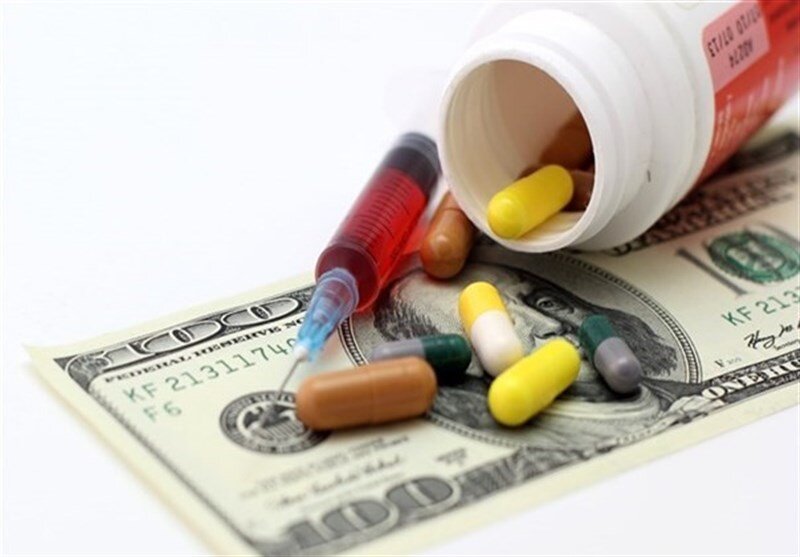$5b allocated to supply basic goods in a quarter

TEHRAN- Central Bank of Iran (CBI) Governor Abdolnaser Hemmati announced that the government has allocated $5 billion for importing basic goods during the first quarter of current Iranian calendar year (March 21-June 21), IRIB reported.
On May 19, Finance and Economic Affairs Minister Farhad Dejpasand said: “We are still using the last year’s imports and so far [since the beginning of the current year] over $3 billion has been allocated for supplying basic goods.”
Earlier in March, Head of Iran Customs Administration (IRICA) Mehdi Mirashrafi said “Regarding the basic goods, the country is well supplied and even the imports of some commodities like corn and meat have increased.”
On Wednesday, IRNA reported that Iran’s domestic Forex Management Integrated System (locally known as NIMA) has supplied €4.564 billion for imports of basic goods since the beginning of current Iranian calendar year (March 21).
As reported, the trend of offering foreign currency earned from exports in NIMA has been increasing in the recent weeks following the CBI’s announcement of new policies on re-injection of those earnings into the domestic economy via NIMA.
CBI unveiled a directive package on May 20 which provides the country’s exporters with guidelines about how they should re-inject their foreign currency incomes into the country’s economy.
And following the CBI, the Ministry of Industry, Mining and Trade issued a directive package on Wednesday which provides the country’s exporters with guidelines about how they should re-inject their foreign currency incomes into the country’s economy.
Based on the new directive, for the petrochemical sector, the exporters should present at least 60 percent of their foreign currency incomes into NIMA, and a maximum 10 percent could be injected into the financial system in the form of hard currency and the rest could be used for importing necessary goods.
As for other exporters, at least 50 percent of the total earnings should be presented at the NIMA system and a maximum 20 percent could be distributed in form of hard currency and the rest can be used for imports.
NIMA, which seeks to boost transparency, create competitiveness among exchange shops and a secure environment for traders, is a new chance for importers to supply their required foreign currency without specific problems and for exporters to re-inject their earned foreign currency to domestic forex market. It was inaugurated to allow exporters of non-oil commodities to sell their foreign currency earnings to importers of consumer products.
In mid-November last year, CBI issued the instructions on return details of the hard currency earned by exporters back to the domestic financial system.
The instructions, aimed to lead the export revenues from the non-oil exports back into the country’s economy through NIMA, mandate all the exporters of goods and services to guarantee bringing back to the country the foreign currency amount allocated to them by the government at lower prices than the free market.
MA/MA
Leave a Comment